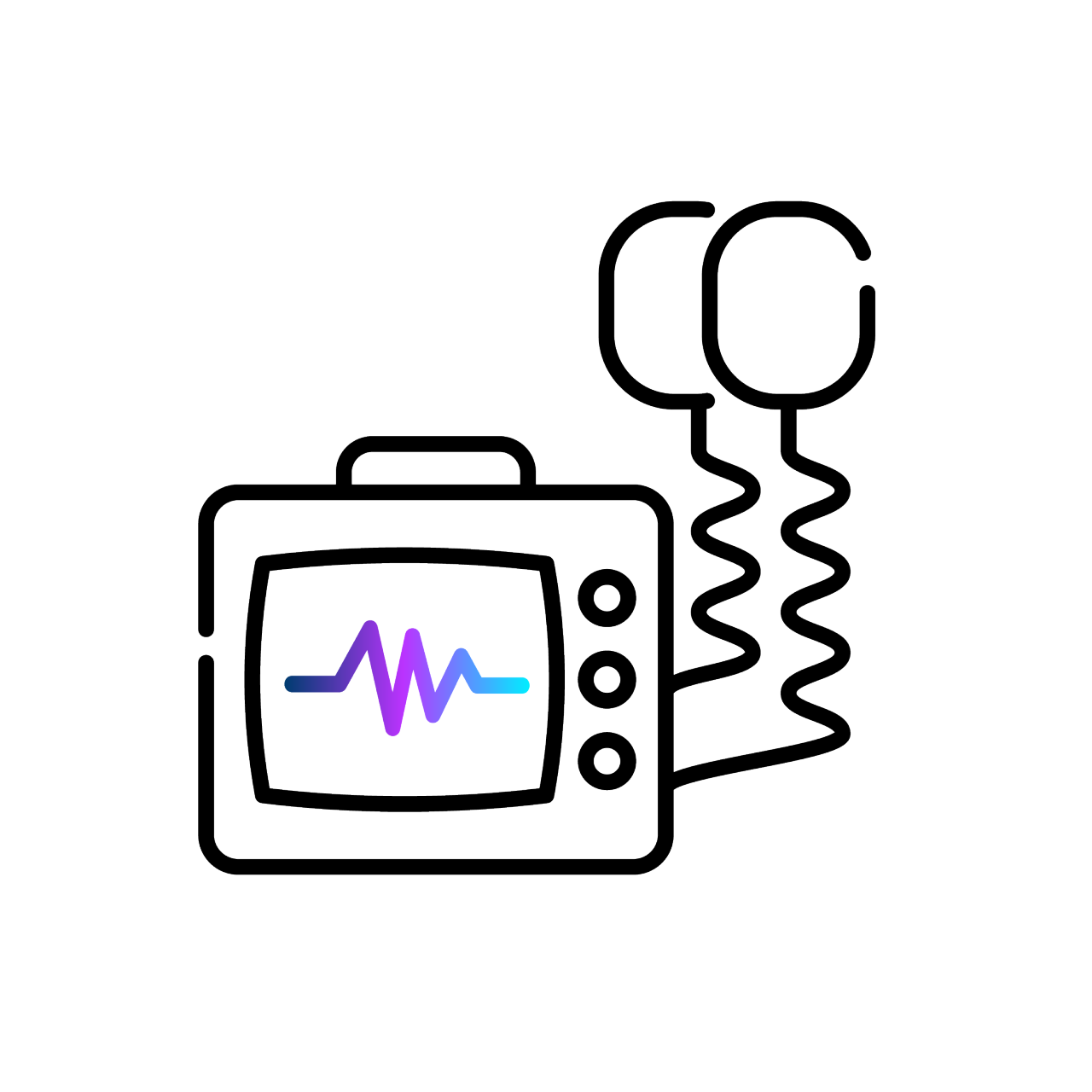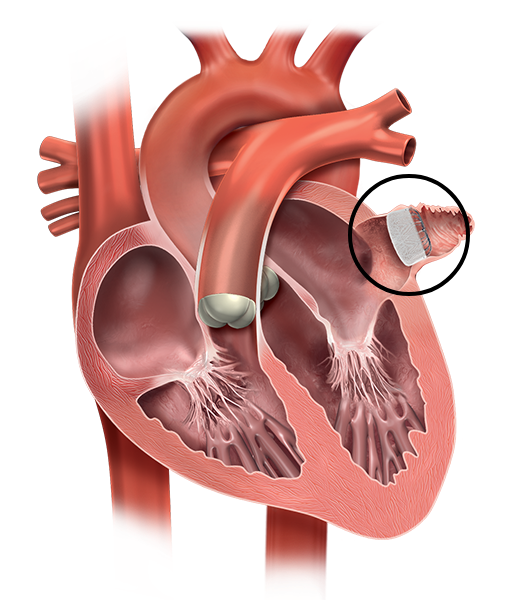Lifestyle modifications
Whatever treatment plan is chosen for your atrial fibrillation (AFib or AF), you should support it with good lifestyle choices that are well recognised to have a positive impact on heart health and general wellbeing.1
Whatever treatment plan is chosen for your atrial fibrillation (AFib or AF), you should support it with good lifestyle choices that are well recognised to have a positive impact on heart health and general wellbeing.1
For more information on what you can do to improve your heart health and overall wellbeing, download our guide to healthy living.

Cardioversion can be a scheduled procedure or used in emergencies. It involves delivering low-energy shocks to the heart in order to quickly restore a normal heart rhythm. Cardioversion can also be conducted with medication. Cardioversion is typically used as a short-term solution
Drug therapy is often the first course of treatment for atrial fibrillation. A variety of different drug treatments are available, which fall into two main types:
Your doctor will assess how well you tolerate the drugs, how they impact your lifestyle and how well they are controlling your atrial fibrillation and risk of stroke.
Purpose: These medications help control the heart rate, ensuring it doesn't beat too fast, help to reduce symptoms and improve heart function.
Common medications:
- Beta-blockers (e.g., Metoprolol, Atenolol)
- Calcium channel blockers (e.g., Diltiazem, Verapamil)
- Digoxin
Purpose: Once your heart rate is under control, the next consideration is to treat the abnormal heart rhythm with medications to restore it to normal. These medications help restore and maintain a normal heart rhythm. They are particularly useful for patients who experience significant symptoms from AFib.
Common medications:
- Sodium channel blockers: (e.g.,Flecainide, Propafenone, Quinidine)
- Potassium channel blockers: (e.g., Amiodarone, Sotalol, Dofetilide, Dronedarone)
Common medications:
- Warfarin
- Direct Oral Anticoagulants (DOACs): (e.g., Apixaban, Rivaroxaban, Dabigatran, Edoxaban)
Purpose: Depending on your overall health and the presence of other conditions, additional medications might be prescribed.
Examples:
- ACE inhibitors or ARBs
- Diuretics
Cardiac ablation is a procedure that aims to identify and eliminate the source of disruption to the heart’s normal electrical system
There are 3 types of cardiac abltion available- radiofrequency, cryoablation and pulsed field ablation.
Radiofrequency ablation (RFA) uses high-frequency energy to create extreme heat to neutralise target tissue
Cryoablation uses extreme cold to neutralise target tissue
Pulsed field ablation uses microsecond electrical pulses to neutralise target tissue
Some people with atrial fibrillation (AF or AFib) who are at high risk of stroke and are not able to take oral anticoagulants may require a minimally invasive procedure called Left Atrial Appendage Closure (LAAC). The LAAC procedure permanently closes off the left atrial appendage, which is known to be the main source of blood clots in patients. Closing off the LAA may reduce the risk of stroke in these patients as it prevents the migration of the blood clots to the brain.

Not all patients with Atrial Fibrillation require a pacemaker. But if a patient with Atrial Fibrillation has a slow heart rate, their doctor might recommend to have a pacemaker implanted. A pacemaker is designed to monitor and treat your abnormal heart rhythm.
Pacemakers are used to treat a condition called bradycardia. Bradycardia is an abnormally slow heartbeat, typically fewer than 60 beats per minute. AFib causes an irrgeular heart rate. In some patients this can be a slow heart rate. If the chambers of your heart don’t contract often enough to supply enough blood, your body doesn’t get enough oxygen and nutrients to function properly. As a result, you may feel tired or dizzy, have shortness of breath or have fainting spells. A pacemaker stimulates your heart with electrical impulses to restore a normal rhythm.
Results from case studies are not necessarily predictive of results in other cases. Results in other cases may vary. All images are the property of Boston Scientific. All trademarks are the property of their respective owners.
Individual symptoms, situations, circumstances and results may vary. This website is meant for information purposes only, it is not intended to be used for medical diagnosis or treatment or as a substitute for professional medical advice. Please consult your doctor or qualified healthcare provider regarding your condition and appropriate medical treatment. This site is intended for Australian and New Zealand residents only. Please review the Boston Scientific Privacy Policy for practices on the collection, storage, use and disclosure of your personal information.
CAUTION: Indications, contraindications, warnings, and instructions for use can be found in the product labelling supplied with each device or at www.IFU-BSCI.com.